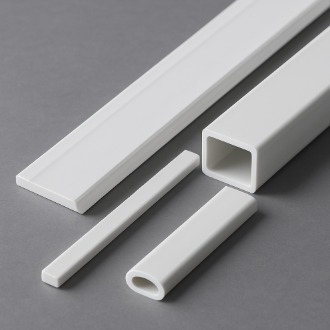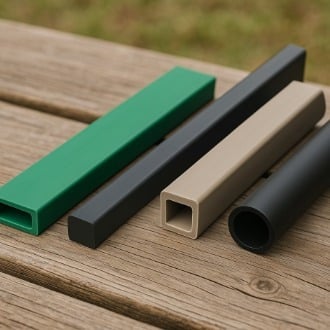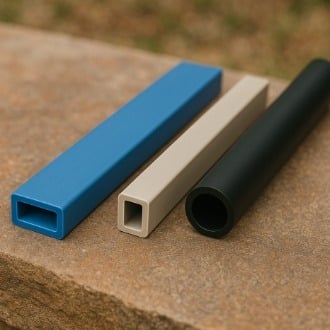
When running a manufacturing company the cost of raw material is usually the first thing on a person’s mind. The cost of energy is almost always an afterthought.
Most people assume the lights will always turn on, the wall socket will charge their phone, and electricity will always be at our very beck and call. In a manufacturing environment the energy requirements it takes to keep all the machines running is tremendous. Engineered Profiles is proud to have been the 5th cohort to go through the AEP Continuous Energy Improvement Process.
This endeavor was an 18 month process in which Engineered Profiles staff an associates attended workshops and training programs to reduce energy usage plant wide. A profile of the company had to be made to understand exactly how much energy was used. This was made especially difficult due to a change in work schedule, from 24/5 to 24/7, owing to the rapid growth to meet increased demand. Fortunately the team was up to the task and an opportunity list was formed.
At the top of the list was compressed air. Often called ‘The Fourth Utility’ compressed air was a target rich environment for energy savings. Manufacturing facilities expend a tremendous amount of power to run compressors keeping their air lines at useful levels. Leaks and unnecessary usage can be a hidden money pit. Very roughly speaking a 100 Hp (horsepower) compressor uses approximately 75 KwH (kilowatt hours), and running continuously in a 24 hour facility that turns into 1800 KwH. For every 100 Hp compressor you can take off line through efficiency gains in your system, that’s 657,000 less KwH the facility consumes. Special air nozzles and changes to blow off procedures helped Engineered Profiles reduce the amount of compressed air needed for day to day operations.
The Continuous Energy Improvement Process was an enlightening exercise for everyone at Engineered Profiles. As of this writing, new training is being added to help operators better reduce the overall energy usage. The money saved from simple improvements and behavior changes makes this project good for the environment and great for business.





